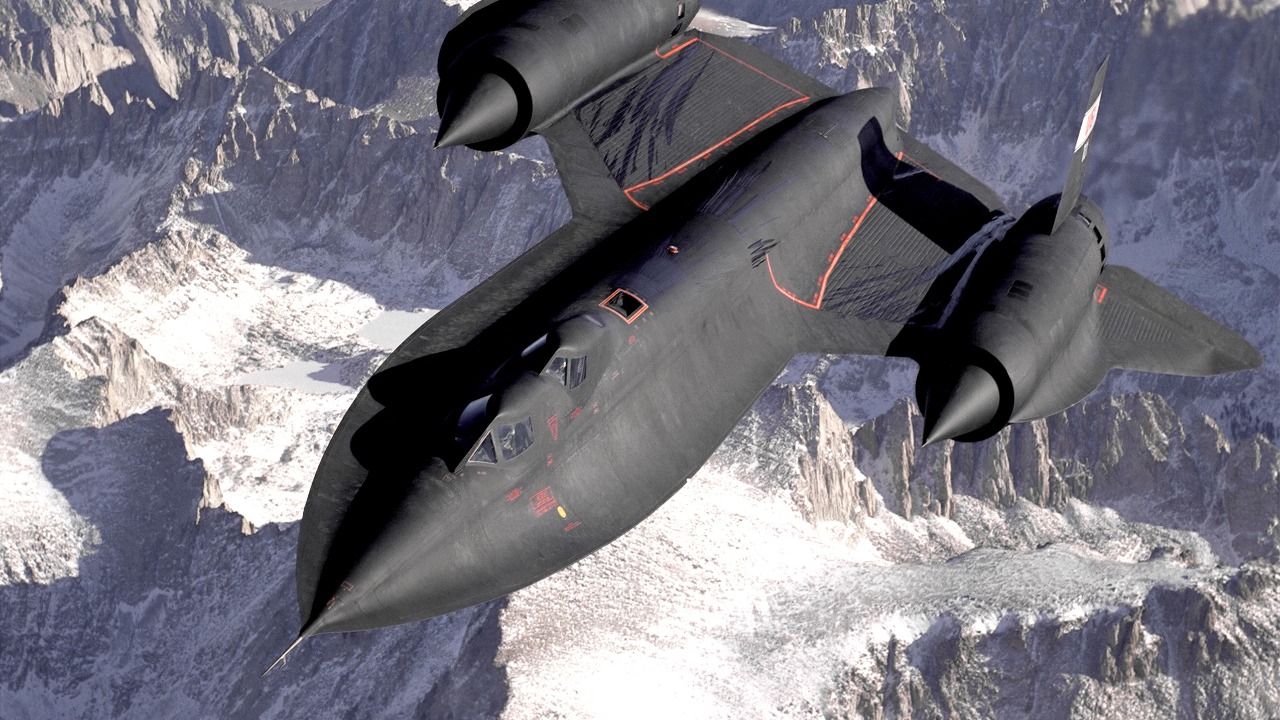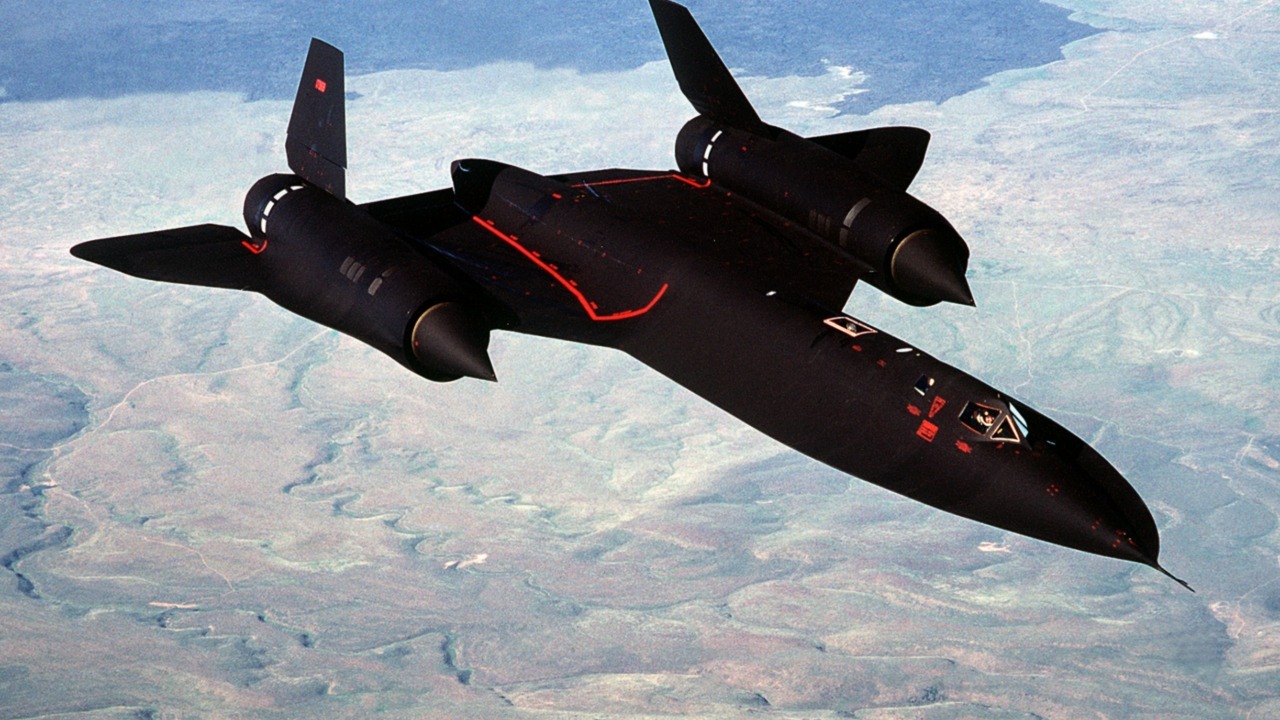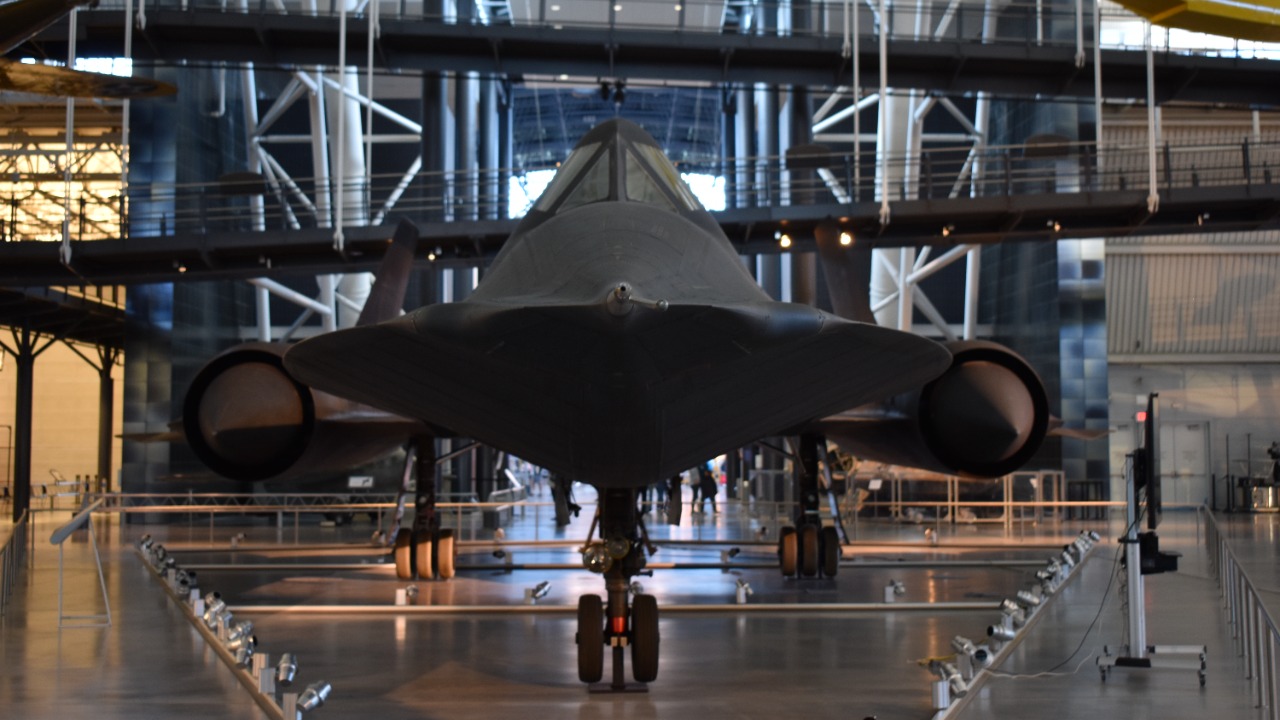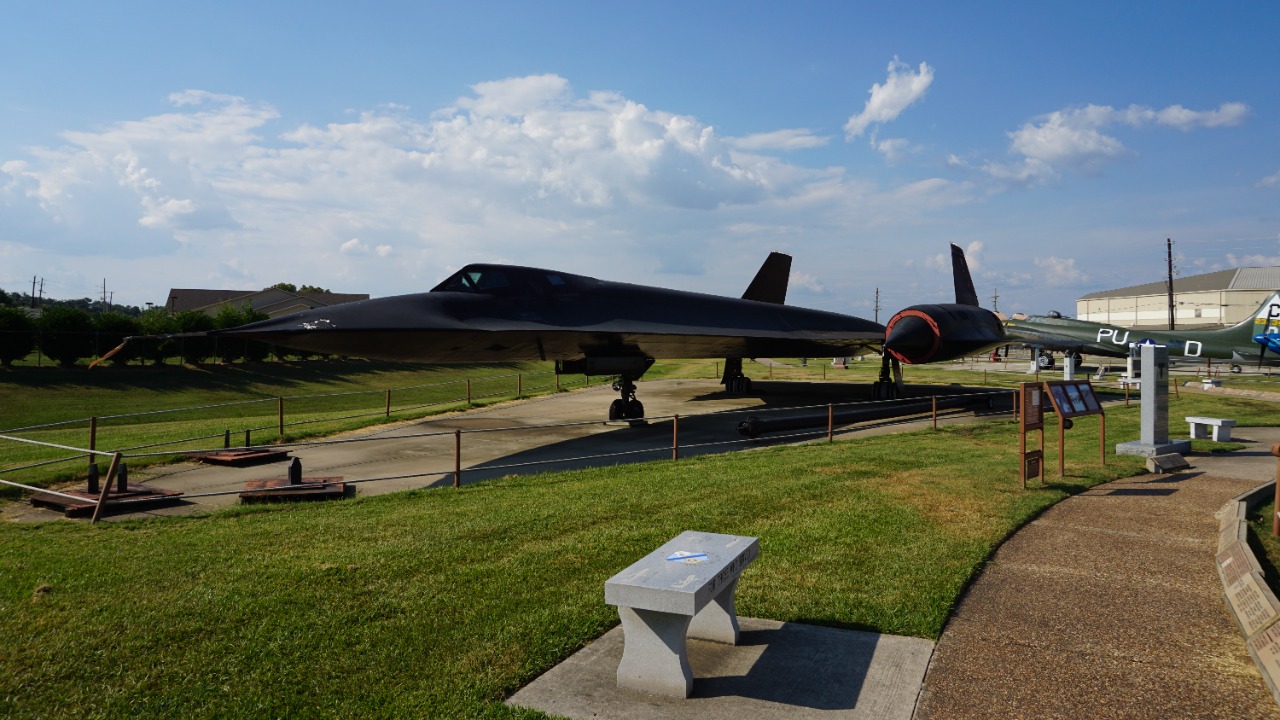
The SR-71 Blackbird, a marvel of aviation engineering and a symbol of Cold War era surveillance, has captivated the imagination of aviation enthusiasts and historians alike. Despite its legendary status and undeniable capabilities, the return of the SR-71 is unlikely due to a combination of technological advancements, strategic shifts, and budgetary considerations.
Technological Advancements and Obsolescence

With the rapid development of advanced drones, the landscape of aerial reconnaissance has changed dramatically. Modern unmanned aerial vehicles (UAVs) offer capabilities that rival or surpass those of the SR-71 without putting human pilots at risk. These drones can operate for extended periods and provide real-time data, making them an invaluable asset for intelligence gathering.
Additionally, the evolution of satellite technology has diminished the necessity of high-speed reconnaissance aircraft. Satellites now offer global reach and real-time surveillance, allowing for constant monitoring without the logistical challenges associated with deploying aircraft. Furthermore, advances in stealth technology have led to modern aircraft that can conduct missions with reduced detection risk, mitigating the need for the hypersonic speeds once provided by the SR-71.
Strategic Shifts in Military Focus

The military’s strategic focus has undergone significant changes, emphasizing cyber warfare and digital intelligence gathering. This shift has reduced the reliance on physical reconnaissance missions, as cyber capabilities allow for more discreet and comprehensive data collection. The rise of geopolitical tensions in new regions also means that the SR-71’s capabilities are not always aligned with current strategic needs.
Moreover, there is a growing demand for multirole capabilities in modern military aircraft. Today’s conflicts often require versatile aircraft that can perform multiple roles, from surveillance to combat operations, rather than specialized planes like the SR-71. This versatility aligns better with contemporary military objectives, further reducing the need for a dedicated high-speed reconnaissance aircraft.
Economic and Budgetary Constraints

The SR-71 was notoriously expensive to operate and maintain, contributing to its eventual retirement. The costs associated with keeping the aircraft in service were substantial, and this economic burden played a significant role in the decision not to revive the program. As military budgets continue to face constraints, resources are increasingly allocated towards developing next-generation technologies.
Budget allocations are now more likely to support projects such as the SR-72, a potential successor to the Blackbird. This focus reflects a broader trend towards investing in new technologies that promise greater efficiency and effectiveness. Alternatives like drones and satellites offer cost-effective solutions for reconnaissance missions, making it difficult to justify the high operational costs of resurrecting the SR-71.
The Emergence of the SR-72 Darkstar

The SR-72, also known as Darkstar, is being developed as a potential successor to the SR-71. This hypersonic aircraft promises to surpass the capabilities of its predecessor, potentially reaching speeds of Mach 6. However, the technological hurdles and skepticism surrounding the SR-72’s feasibility are significant. Experts question whether the project will overcome these challenges and whether it will indeed fulfill the strategic roles envisioned for it.
Despite its promise, there are ongoing debates about the strategic relevance of the SR-72. Some argue that the aircraft may not adequately address the evolving needs of modern military operations, while others are optimistic about its potential to advance hypersonic technology. As these discussions continue, the SR-72’s future remains uncertain, casting doubt on whether it will ever fully replace the SR-71 in strategic importance.
Historical and Cultural Significance

The SR-71 Blackbird is celebrated as a pinnacle of engineering achievement and holds a unique place in aviation history. Its design and capabilities were groundbreaking at the time, and it served as a critical asset during the Cold War. The legacy of the SR-71 continues to be honored in museums and educational programs, where its story is preserved for future generations.
The mystique surrounding the Blackbird has left a lasting cultural impact, captivating the public’s imagination and inspiring countless aviation enthusiasts. While the aircraft itself may not return to the skies, its legacy endures, serving as a testament to human ingenuity and the relentless pursuit of technological advancement. Efforts to preserve the Blackbird’s legacy ensure that its contributions to aviation and surveillance are not forgotten, highlighting the importance of remembering and learning from the past.